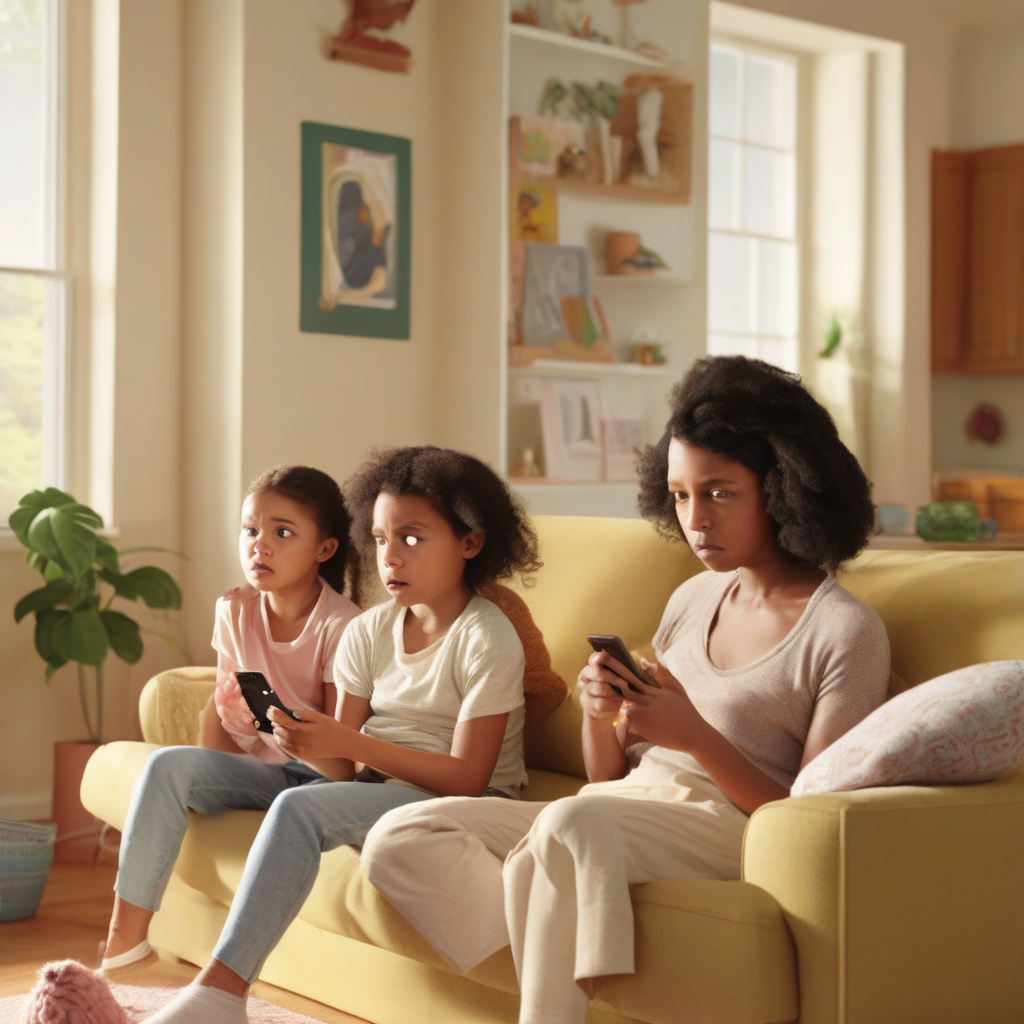In today’s digital age, the question of whether there should be social media curfews for children has become increasingly relevant. Peter Kyle, the Digital Secretary, recently expressed concerns about late-night scrolling habits, especially after TikTok implemented measures to limit feeds for users under 16. This move has sparked a broader conversation about the impact of unrestricted social media access on children’s well-being and development.
As technology continues to advance, children are gaining access to social media platforms at younger ages. While these platforms offer various benefits such as connectivity, creativity, and learning opportunities, they also present risks, including exposure to inappropriate content, cyberbullying, and addiction. Social media curfews can serve as a protective measure to mitigate these risks and promote healthier online behaviors among children.
Implementing social media curfews for children can help establish boundaries and promote a healthy balance between screen time and other activities. By setting specific times when children are allowed to use social media, parents can ensure that their children prioritize other essential aspects of their lives, such as homework, physical activity, and quality family time. This can contribute to better sleep patterns, improved academic performance, and overall well-being.
Moreover, social media curfews can also help parents monitor their children’s online activities more effectively. By restricting access during certain hours, parents can be more aware of the content their children are consuming, the people they are interacting with, and any potential signs of distress or harmful behavior. This proactive approach can facilitate open communication between parents and children regarding online safety and responsible digital citizenship.
While some may argue that social media curfews limit children’s freedom and autonomy, it is essential to prioritize their safety and well-being. Just as parents set rules for other aspects of their children’s lives, such as bedtime or homework, establishing boundaries around social media usage is a responsible parenting practice. Social media curfews can empower children to develop healthy digital habits and protect them from the negative effects of excessive screen time.
In conclusion, the debate surrounding social media curfews for children is complex, with valid arguments on both sides. However, considering the potential risks associated with unrestricted social media access, implementing curfews can be a proactive step towards safeguarding children’s well-being in the digital age. By setting clear boundaries, promoting responsible digital behavior, and fostering open communication, parents can help their children navigate the online world safely and responsibly.

